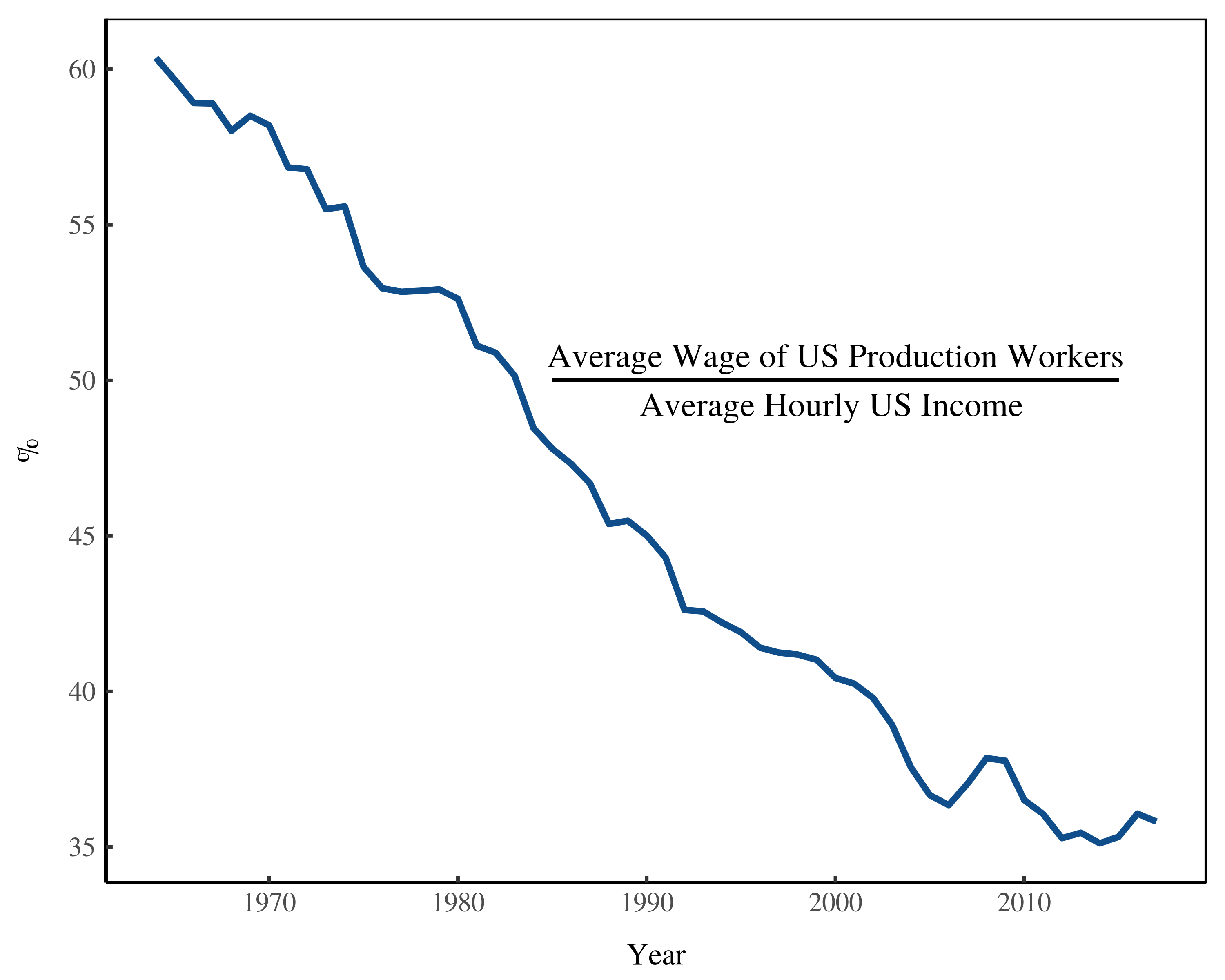Just for fun, let’s compare two cars that a low income person might have owned in 1980 and today.
In 1980, a very common small economy car was the Chevy Citation. It was Motor Trend’s car of the year for 1980, so it seems like a good choice.
Specs for base model:
90 Horsepower V6 (soon to be 84 with new emissions requirements)
Mileage: 21/30 mph city/highway
Four speed manual transmission
Manual windows and doors.
Heater, no AC
No airbags
AM radio
Price: $6300.
Adjusted price in 2019 dollars: $19,546
Those cars were junk within 5 years. Terribly built, they rusted out like crazy. They had no real crash protection other than seatbelts. They were gutless and suffered numerous recalls.
Fast forward to today. One of the cheapest domestic cars you can buy (Domestic to keep the comparison fair) is the Chevy Spark LS. Specs:
Horsepower: 98
Five Speed manual transmission
Fuel economy: 30/38 mpg city/highway
Infotainment system with bluetooth, wifi hotspot and 7" touch screen
Rear View Camera
10 Air bags
Rear obstacle sensors
ABS brakes
Stability control
Price: $13,400
The new car is $6000 cheaper than the Citation, but is full of safety features the Citation didn’t have. Also, construction is much better these days, the steel is stronger, the cars don’t rust nearly as much, and in general you can expect this car to last maybe twice as long as the Citation did when new.
If we go up to the top trim level, you also get alloy wheels, performance tires, tire pressure monitoring system, power windows and door locks, remote keyless entry, cruise control, a six-speaker stereo, satellite radio, steering wheel-mounted controls, keyless start, alarm system, leather-wrapped steering wheel, air conditioning, heated front seats and heated outside mirrors.
That car has specs better than what you could have gotten in a Cadillac in 1980. And it costs $16,400, or over $3000 LESS than a 1980 Citation. If you tried to spec out a car from 1980 that had all the features available at that time (power windows and locks, cruise control, alarm, leather steering wheel, air conditioning, etc) you’d be into a lot more money.
Also, the new car will be way more crashworthy.
Oh, and a four year car loan in 1980 had an interest rate of 14.3%. Car loans today, depending on credit, range from 0% to 5%. So let’s figure out the cost of the car if paid out over 4 years:
Citation
$6300 base
Payment: $173.11 (14.3% interest)
Total Cost: $8309.28
Spark:
$13,400
Payment: $302.56 (4% interest)
Total cost: $14,522.88
Now, if we convert the Citation payments to 2019 dollars:
Payment: $537.10
Total Cost: $25,790
So once you factor in the lower cost of borrowing today, the Citation is over $10,000 more than the Spark, and a poor family would have to pay $235 per month more.
You can add even more when you factor in maintenance. Modern cars have longer warranties and require less maintenance. No carbs to adjust, the plugs last 100K, etc.
That’s not trivial. And that’s not considering how much better the Spark is. I’d guess that a car that had the features and quality of the Spark in 1980 would have been more like double the cost of the Citation. And many of the features the Spark has weren’t even available then.
